There’s much more to British food than fish and chips and bangers and mash.
Centuries of invasion and conquest have influenced British cuisine. Ancient Celts cultivated a wide variety of foodstuffs, Anglo-Saxons refined methods for stewing meat with herbs, Normans brought exotic spices, and Britain’s own global explorations introduced South Asian cuisine.
Some think the austerity following World War II gave Britain a reputation for bland cuisine.
Today, it’s a different story—Britain has gone back to its roots and is winning international acclaim.
Here are 10 traditional foods from across the British Isles that have remained firm favorites.
1. Arbroath Smokie – Angus, Scotland
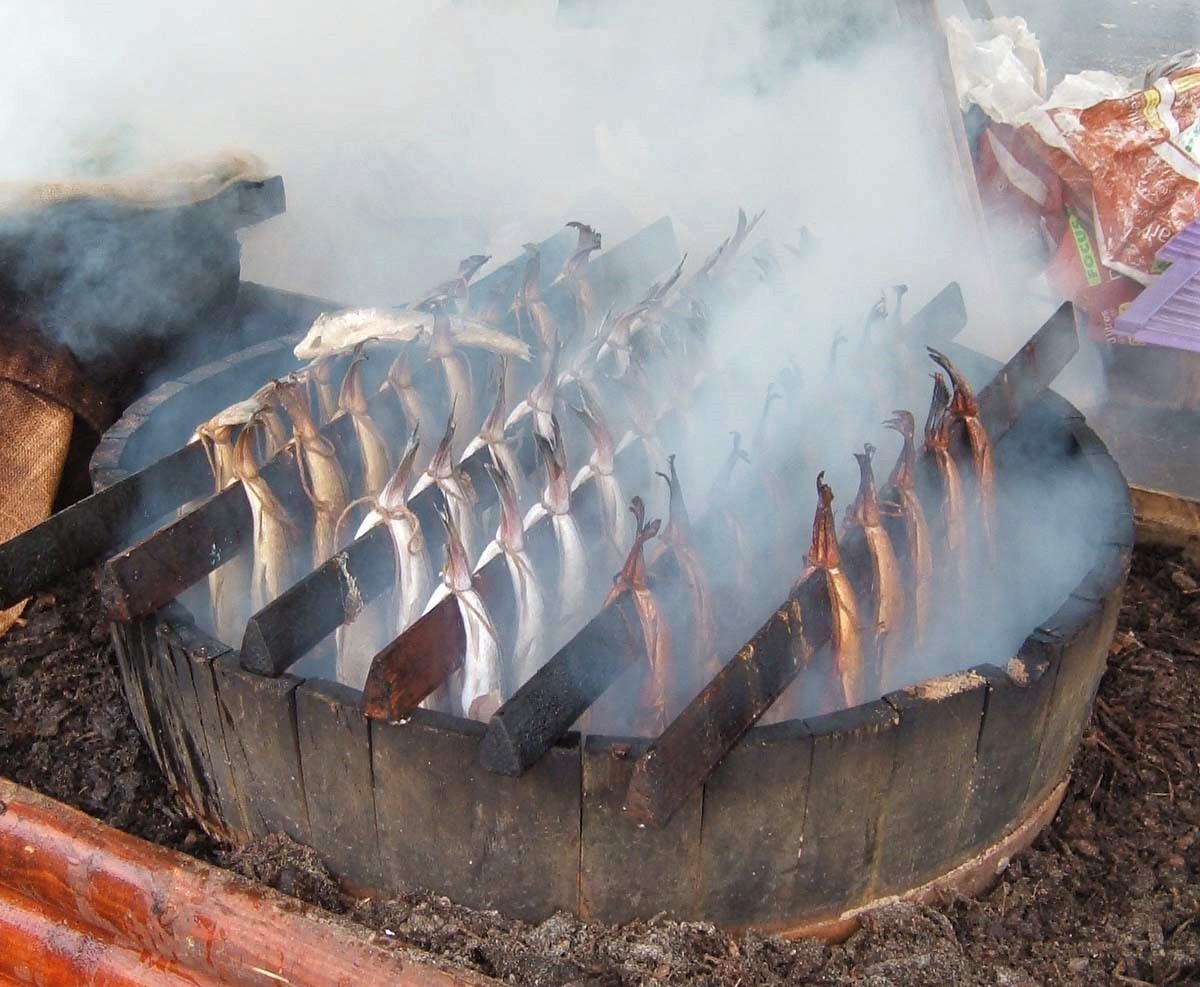
A type of smoked haddock, the Arbroath smokie originated from a small fishing village near Arbroath in Angus, Scotland.
Legend has it that one night a local store caught fire and barrels of haddock preserved in salt were cooked inside the burning wood. When the fire was put out, people discovering the barrels found that the contents were very tasty.
A special barrel containing a hardwood fire is still used today—creating a very hot, humid, and smoky fire to cook the fish imbued with the strong, smoky taste that is unique to the Arbroath smokie.
2. Balti Curry – Birmingham, England
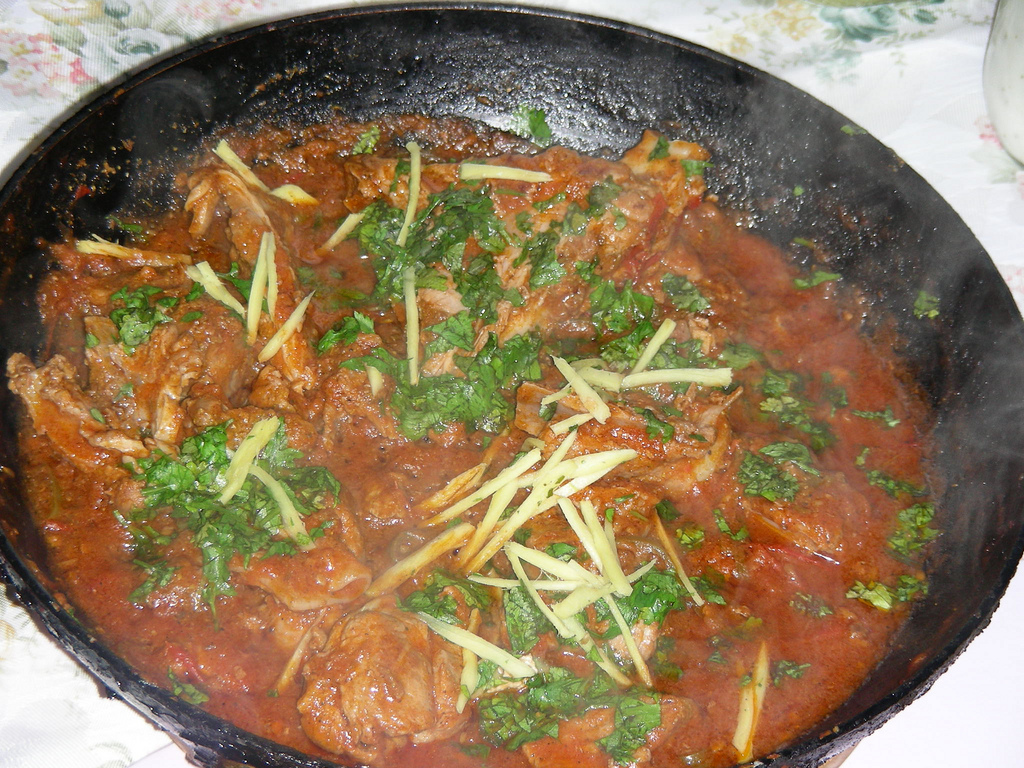
An area in the Midlands known as the “Balti Triangle” hosts over fifty Balti restaurants of this delicious South Asian cuisine.
A consequence of Pakistani and Kashmiri communities who brought Balti curry recipes to Birmingham in the 1970s, it is thought to be named after the metal dish that the curry is cooked in. The word “balde” is Portuguese for bucket or pail and traveled to the Indian subcontinent via the Portuguese traders of the 16th century.
Balti curries are cooked quickly over high heat in a method similar to stir-fry.
3. Haggis – Scotland
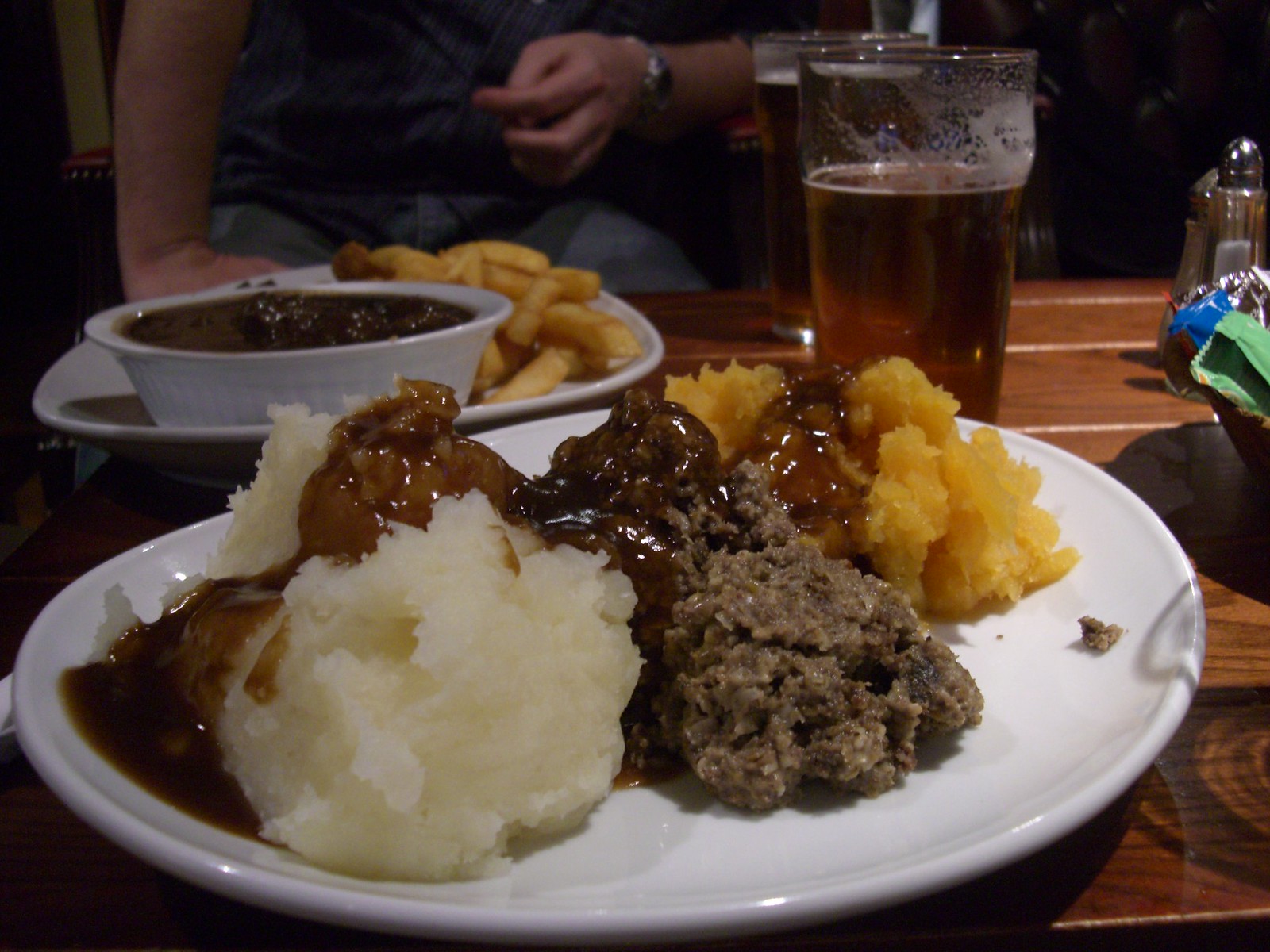
When is one of the least appetizing recipe descriptions actually one of the most delicious? Answer: when it’s Haggis.
Sheep’s innards (heart, liver, and lungs) wrapped in the casing of a sheep’s stomach does not conjure the most appealing of images, but the results of mincing with onion, spices, suet, and oatmeal makes for what Larousse Gastronomique (a French gastronomy encyclopedia) describes as “an excellent nutty texture and delicious savoury flavour”.
4. Lancashire Hotpot – Lancashire, England
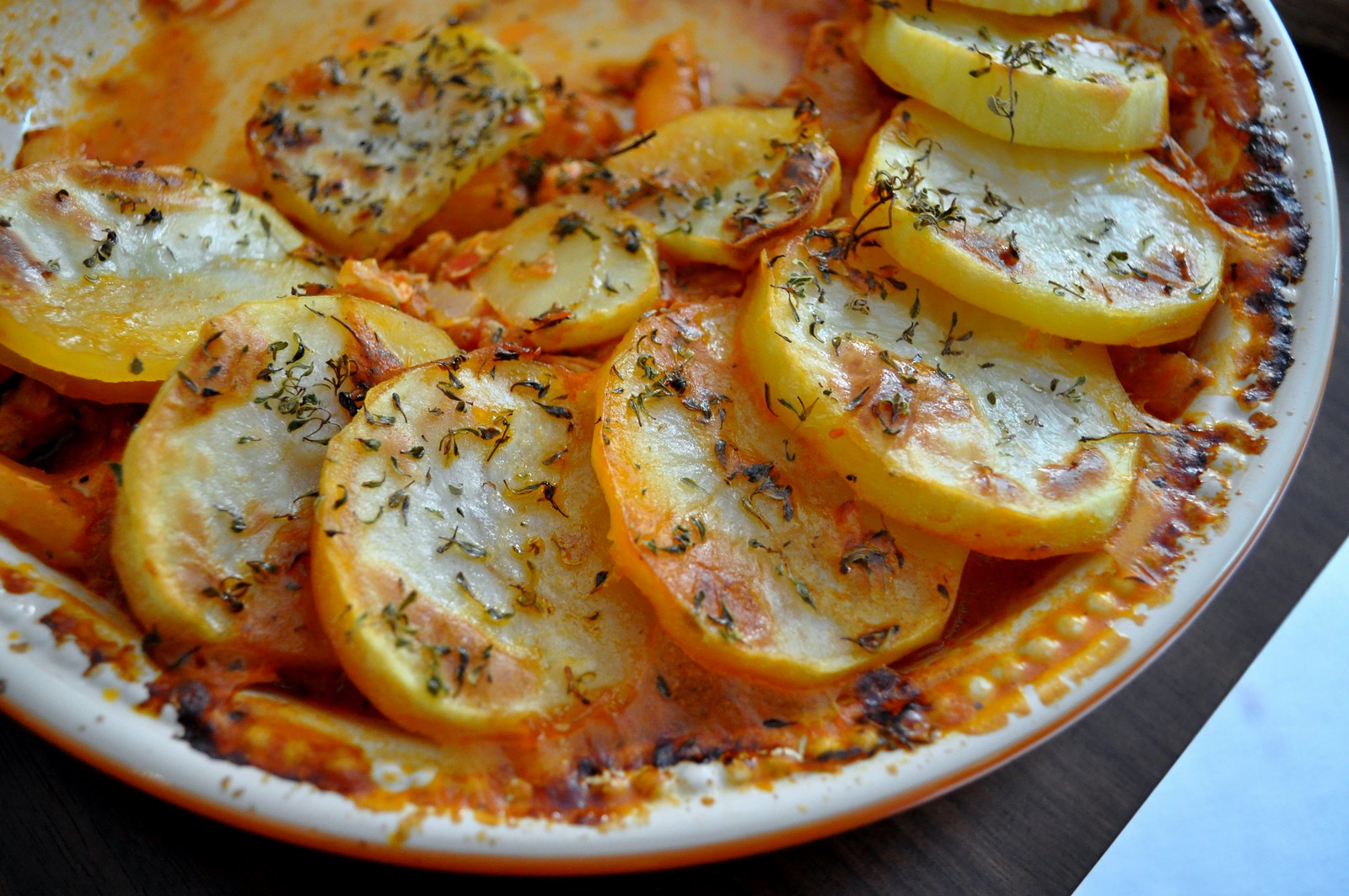
Originating from the time of the Industrial Revolution in North West England, working families needed a convenient way to make a quick hearty meal for sustenance.
Essentially a lamb (originally mutton) and vegetable stew topped with sliced potato, the name sounds like it derives from a cooking pot but actually refers to the “hodge-podge” of ingredients that sometimes included lamb kidneys and even oysters.
5. Cornish Pasties – Cornwall
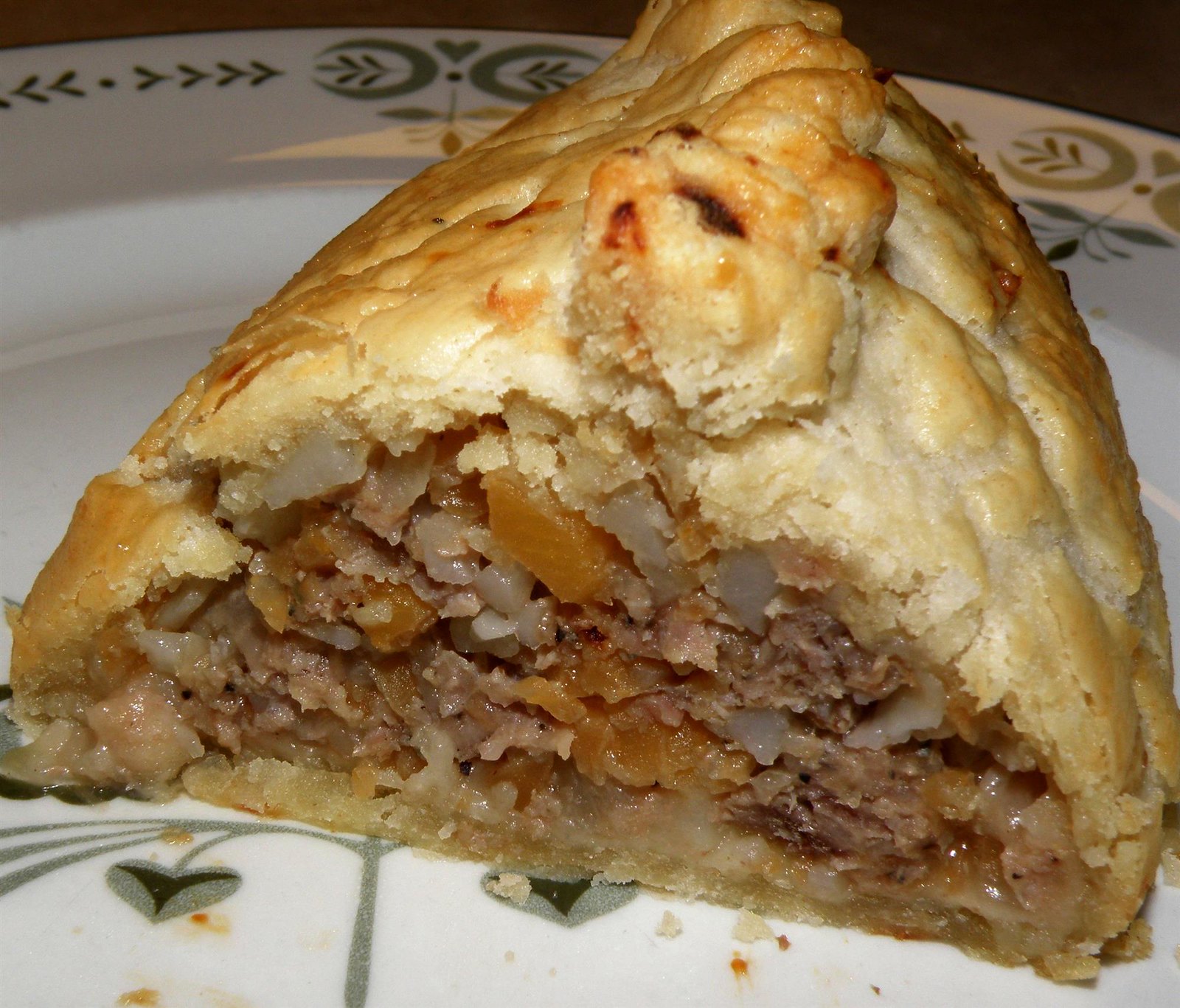
Pasties are baked pastries filled with meat and vegetables—the Cornish variety using beef, sliced or diced potato, swede (rutabaga), and onion.
Popular in many areas of the world due to the spread of Cornish miners, the Cornish pasty began as a snack for royalty but became a staple of the working class in the 17th and 18th centuries.
Cornish tin miners found it very convenient as a complete meal that could be eaten without cutlery—and one that tended to stay warm for hours due to the dense folded pastry casing.
6. Yorkshire Pudding – Yorkshire, England

Cooks in the north of England devised a way to make a filling first course from low-cost eggs, flour, and milk that could be eaten with gravy to save on the more expensive meat of the main course.
Initially called “dripping pudding” because it used the dripping fat from a roast for flavor, it later became known as the Yorkshire Pudding.
If you see your baked Yorkshires rising beyond what seems normal, do not fret—the Royal Society of Chemistry says that “a Yorkshire pudding isn’t a Yorkshire pudding if it is less than four inches tall”.
7. Devonshire Tea – Devon, England

Devon’s mild climate and fertile grasslands make it ideal for producing high-quality dairy products.
Devon clotted cream is made by heating full-cream cow’s milk with steam and is a key ingredient in Devonshire tea, also known as Devon cream tea.
Together with scones (or Devonshire splits as they’re locally called), strawberry preserves, and a pot of tea, Devonshire tea forms the basis of the tradition of afternoon tea.
8. Welsh Cakes – Wales
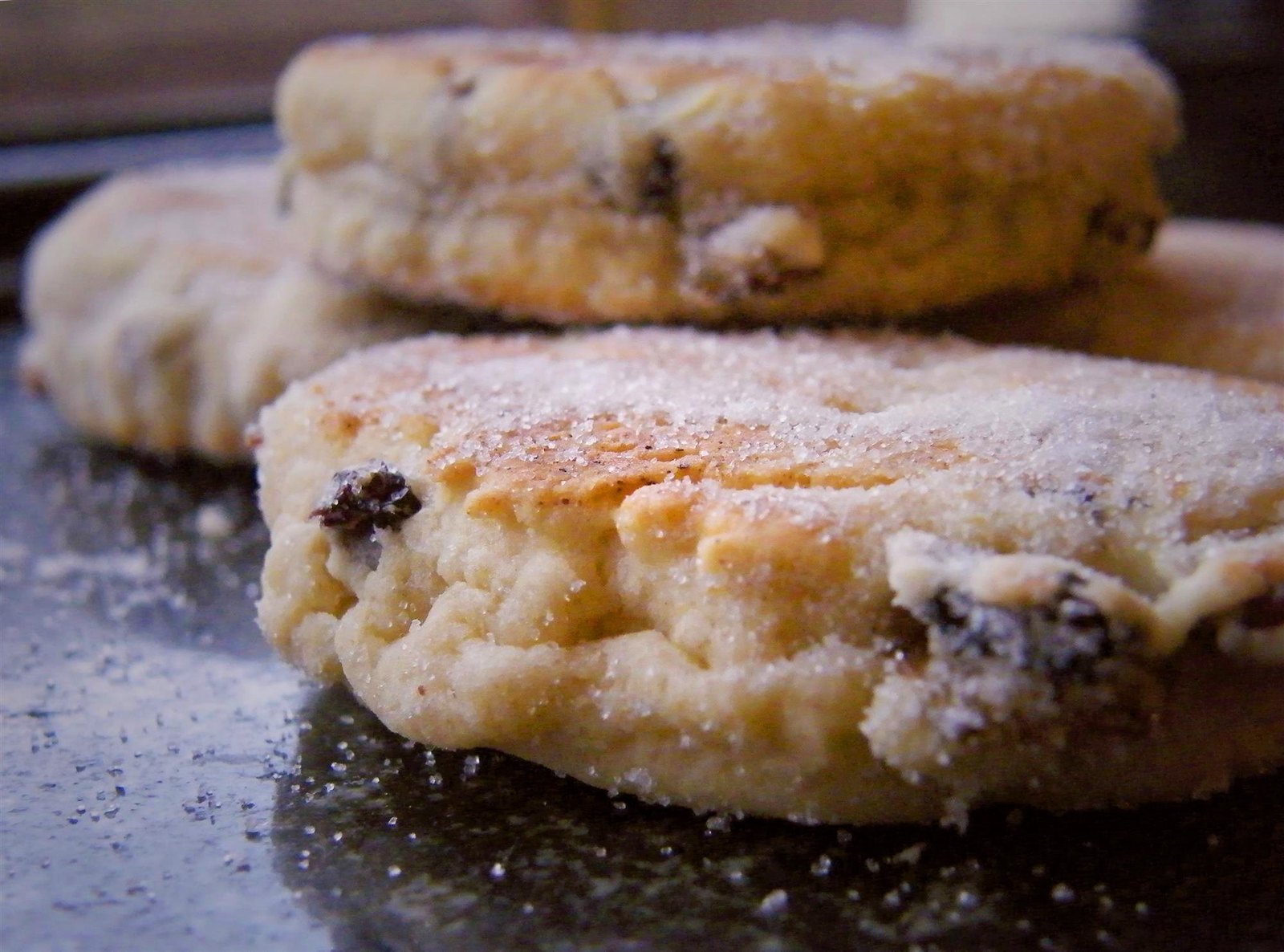
Popular since the late 19th century, Welsh cakes are made from flour, sultanas, raisins, and/or currants and sometimes spices such as cinnamon and nutmeg.
In Wales, the cakes are known as bakestones because they were traditionally cooked on a thick cast iron griddle placed over a fire or cooker.
Served either hot or cold with caster sugar, Welsh cakes are normally eaten plain, but sometimes buttered or split and spread with jam.
9. Cumberland Sausage – Cumbria, England
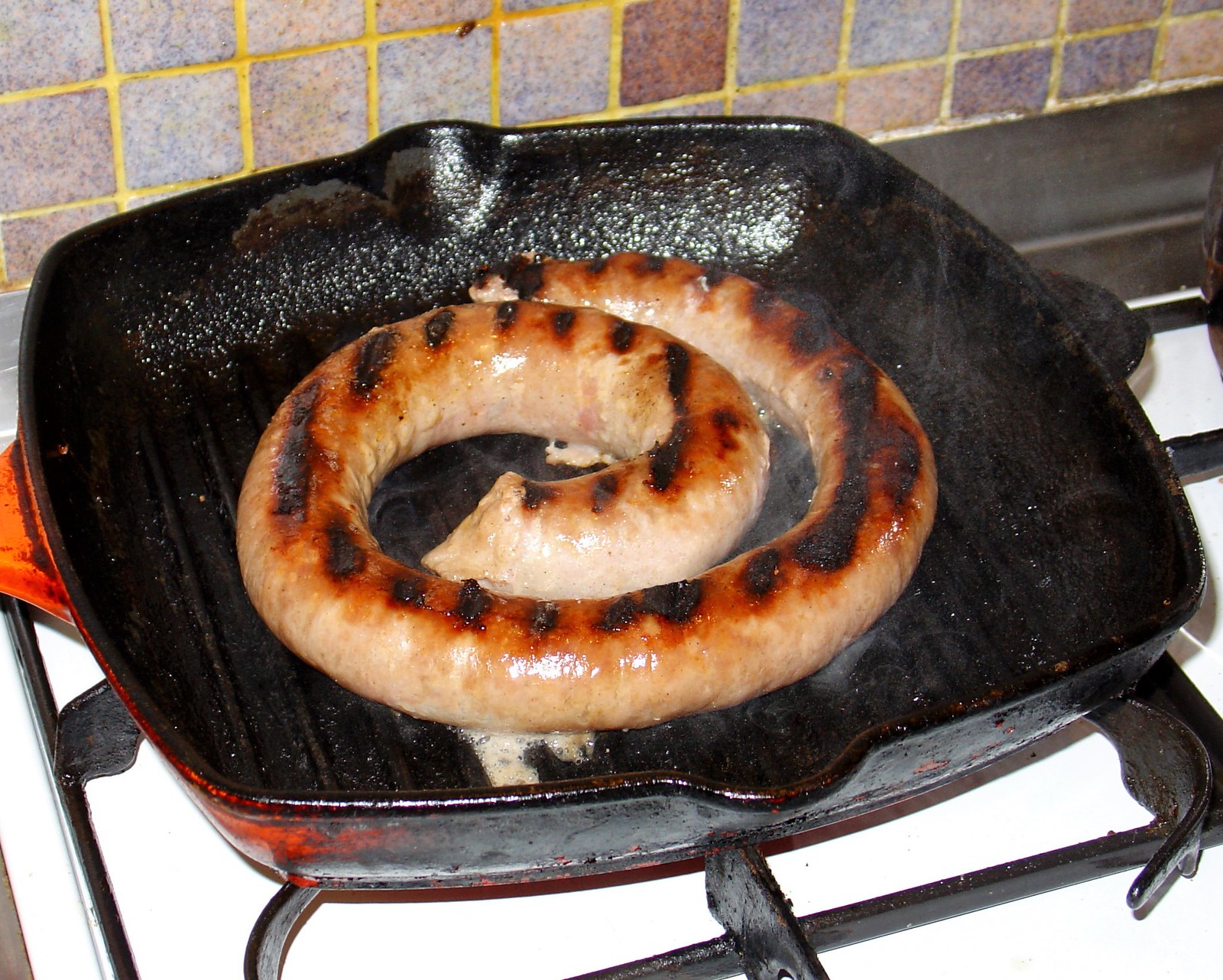
A local specialty of Cumbria for the past 500 years, Cumberland Sausage takes its name from the Cumberland Pig—a hardy breed that could withstand the harsh weather of Northern England winters.
Rather than divided into links as with most sausage, the Cumberland is a continuous coil of about 50cm (21 in).
Traditionally the meat content was very high at 85-98%, but mass production has lowered it to around 45% in some cases. The original version was also mixed with more spices—a consequence of the influx of spices into Britain during the 18th century.
10. Irish Stew – Ireland
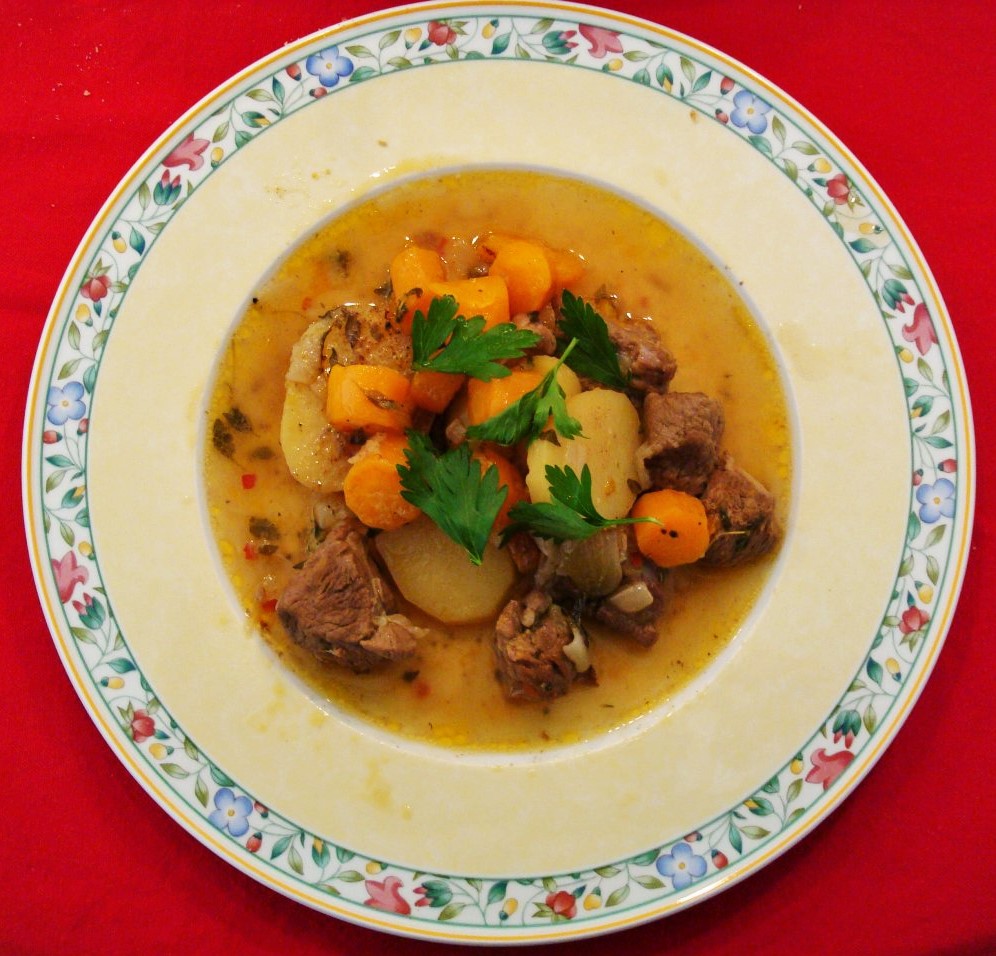
As with some of the other examples listed here, Irish stew tells a story of hardship, of making the very most of basic local ingredients.
Although Irish stew is generally made with lamb, potatoes, carrots, onions, and parsley, purists maintain that it should be made with stronger-flavored mutton and only potatoes, onions, and water.
Mutton was originally used because sheep wool and milk were both economically important commodities and therefore it made sense to only slaughter older livestock for food.
The tougher meat needed hours of slow cooking. But what a result. One of the most delicious stews in the world.
